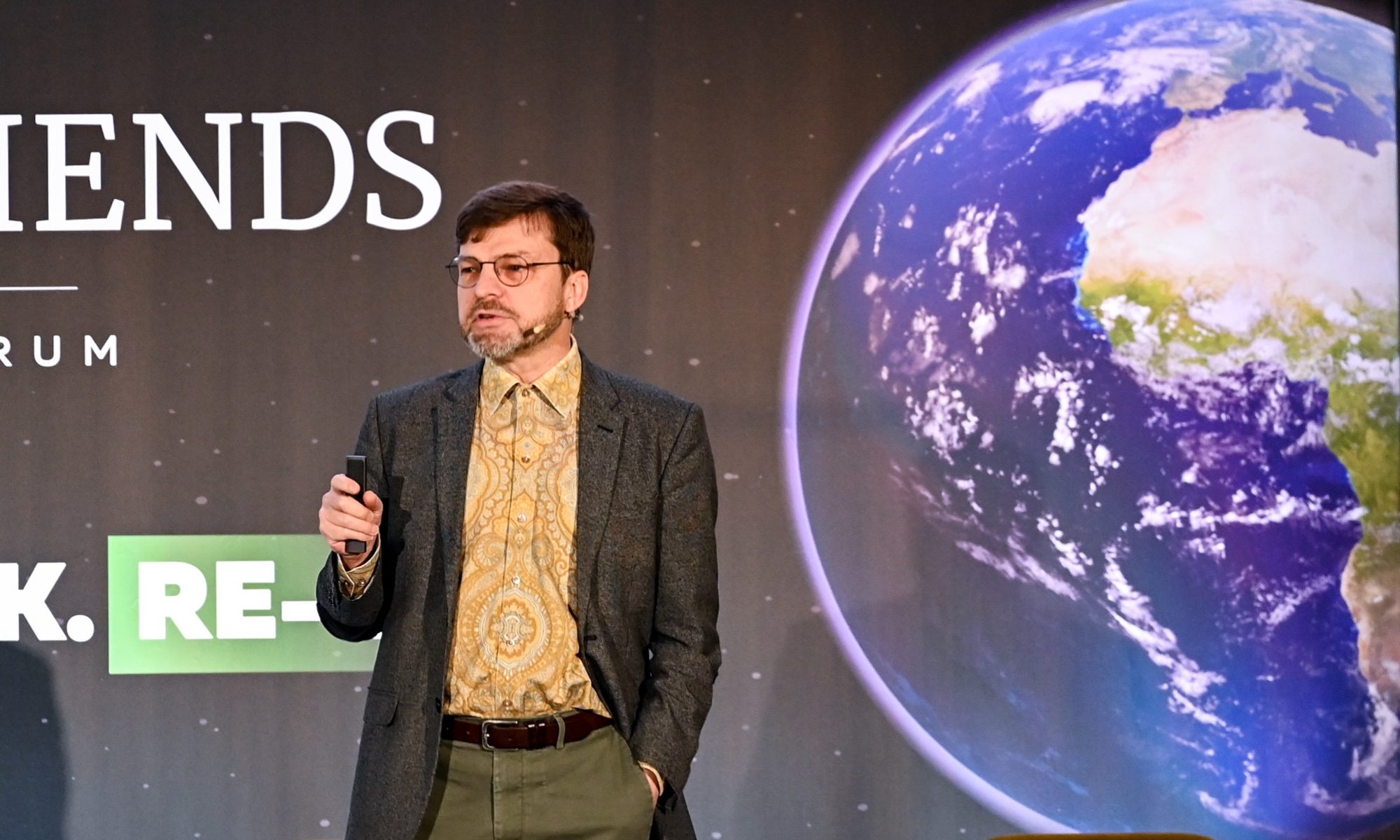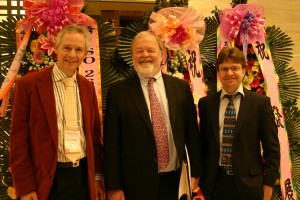Where Next for the Circular Economy
Article by Wayne Visser
An International Sustainable Business column for The Guardian
It is not hard to make the case for a circular economy, ie one where closed-loop production brings us closer to the goal of zero waste; according to Hunter Lovins, author and founder of Natural Capitalism Solutions, our global economy is so inefficient that less than 1% of all the resources we extract are actually used in products and are still there six months after sale.
Not only is this unbelievably inefficient, it is also profoundly unsustainable. As Richard Heinberg says in his book, Peak Everything, “The 21st century ushered in an era of declines”, from global oil, natural gas, and coal extraction to yearly grain harvests, climate stability, population, fresh water and minerals like copper and platinum.
The idea of a circular economy is not new. In the 1960s, US economist Kenneth Boulding called for a shift away from “the cowboy economy”, where endless frontiers imply no limits on resource consumption or waste disposal, to “a spaceship economy”, where everything is engineered to be constantly recycled. Mariska van Dalen, a circular economy expert at the consultancy and engineering firm Tebodin, captures the essence of the concept as: “Waste is food, use solar income and celebrate diversity.”
One of the most prominent advocates for the circular economy is Michael Braungart, co-author of Cradle to Cradle (with Bill McDonough). Today, Braungart holds academic chairs in Cradle to Cradle innovation and quality at Rotterdam School of Management and for design at the University of Twente in the Netherlands, where Braungart has found his intellectual home.
When I interviewed Braungart for the Top 50 Sustainability Books a few years ago, I found out that he regards the Netherlands as most likely to become the first circular economy. “The Dutch never romanticised nature, so it’s different to the United Kingdom or Germany,” he said. “There’s no ‘mother nature’, because with the next tide they would just swim away. It was always a culture of partnership with nature, learning from nature, and that’s what we need. We can learn endlessly from nature, but it’s not about romanticising nature.”
The Netherlands also have a culture of support, whereas the Americans, Germans, British and Swedish have a culture of control, Braungart said. “They assume human beings are bad anyway and we need to control them to be less bad. But the Dutch culture is a culture of support, because if you don’t support your neighbour, you will drown (because your neighbour couldn’t take care of your dyke). Even if you don’t like your neighbour, you need to support your neighbour. So Cradle to Cradle is a culture of support.”
I was interested to find out whether experts working on the circular economy in the Netherlands also shared Braungart’s confidence. Krispijn Beek, who worked at the Ministry of Economic Affairs, Innovation and Agriculture on sustainable business policy, said “Cradle to Cradle was a big hit in the Netherlands, including government.” Apparently, the trend really took off after a 2006 television documentary, Afval = Voedsel (Waste = Food).
However, at a later point the idea stalled – at least in government. Beek claims that “one of the showstoppers was the commercial certification process, which made it impossible to use Cradle to Cradle in public procurement.” …
Continue reading
[button size=”small” color=”blue” style=”download” new_window=”false” link=”http://www.waynevisser.com/wp-content/uploads/2012/12/article_netherlands_wvisser.pdf”]Pdf[/button] Where Next for the Circular Economy? (article)
Related websites
[button size=”small” color=”blue” style=”tick” new_window=”false” link=”http://www.waynevisser.com/books/the-quest-for-sustainable-business”]Link[/button] The Quest for Sustainable Business (book)
[button size=”small” color=”blue” style=”tick” new_window=”false” link=”http://www.csrinternational.org”]Link[/button] CSR International (website)
Cite this article
Visser, W. (2012) Where Next for the Circular Economy? The Guardian, 10 December 2012.






